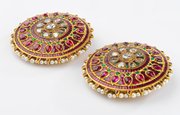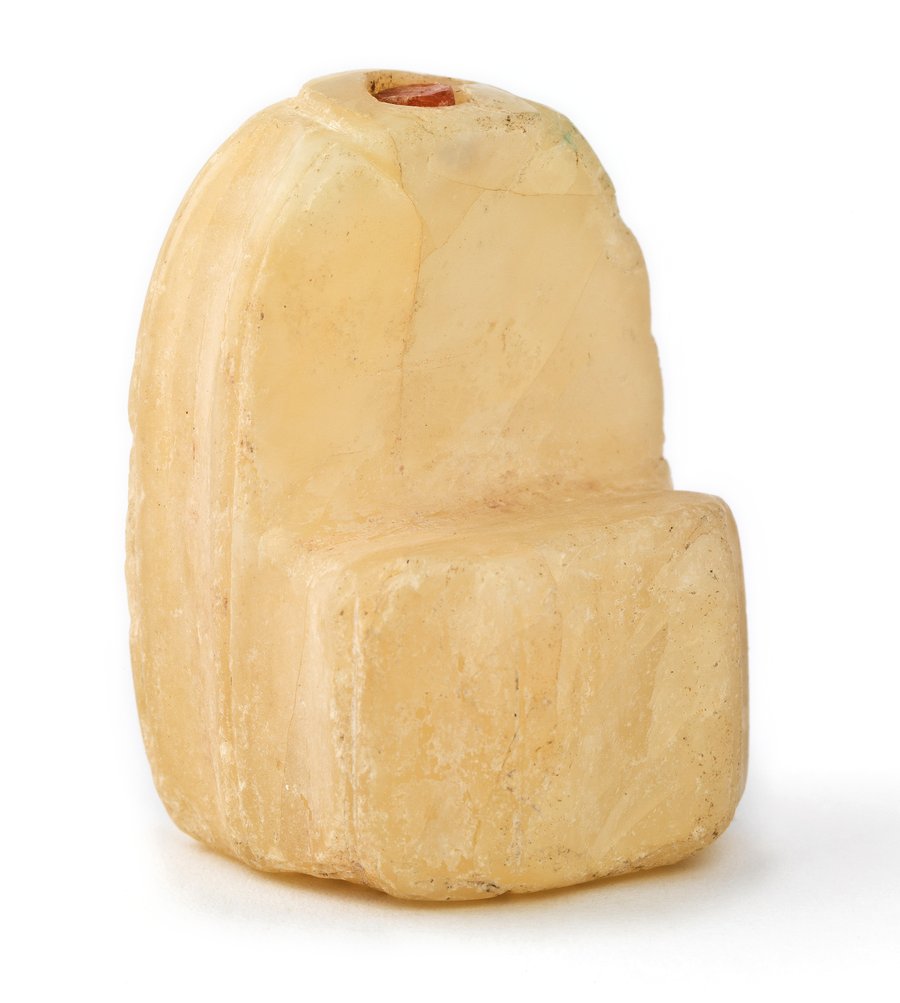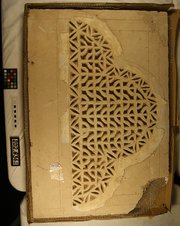
Carved Alabaster Chess Piece
Museum of Islamic Art
- Title:
- Carved Alabaster Chess Piece
- Production place:
- Egypt
- Date:
- 1000 - 1199
- Period:
- Fatimid
- Title:
- Carved Alabaster Chess Piece
- Production place:
- Egypt
- Date:
- 1000 - 1199
- Period:
- Fatimid
- Material:
- Alabaster, Coral
- Technique:
- Carving, Drilling, Polishing
- Dimensions:
- 3.8 × 2.5 × 2.7 cm
This chess piece is one of thirteen surviving pieces of a chess set that comprises one king, one queen, two knights, three rooks, three bishops and three pawns. Represented as a throne, the king is of a simple abstract form made of carved alabaster with a coral inlay at the top of the piece. As a strategic war game probably introduced into Iran from India sometime during the beginning of the 6th century CE, chess remained a popular game in royal and aristocratic circles. This chess set is very unusual: The use of alabaster was exceptional for chess pieces and seems to suggest an intermediate material in between that of the luxurious rock crystal pieces, and the comparatively modest objects made in glass or ceramic. Although it is not conclusive proof of their place of manufacture, the use of alabaster may indicate an Egyptian or Iranian origin.



